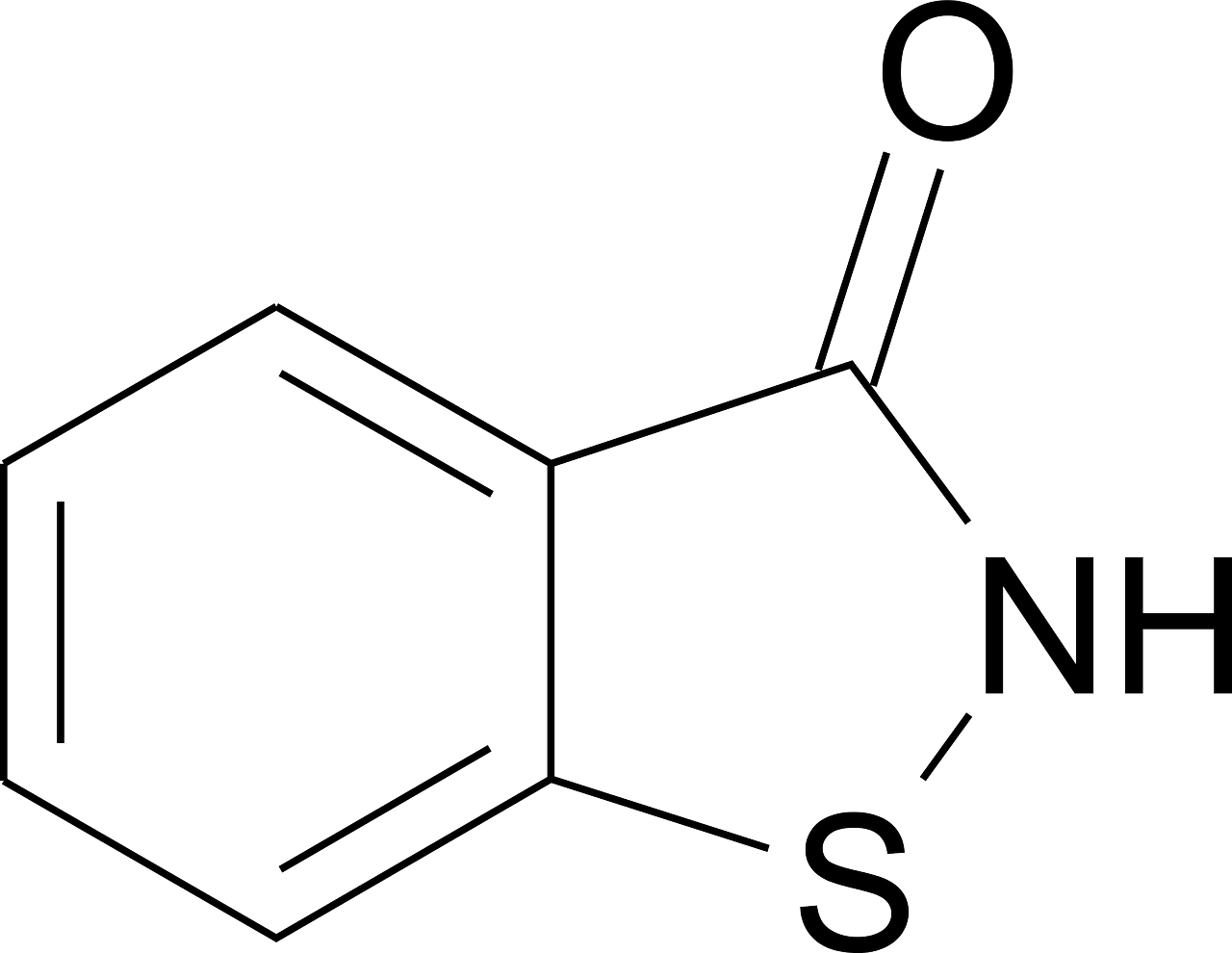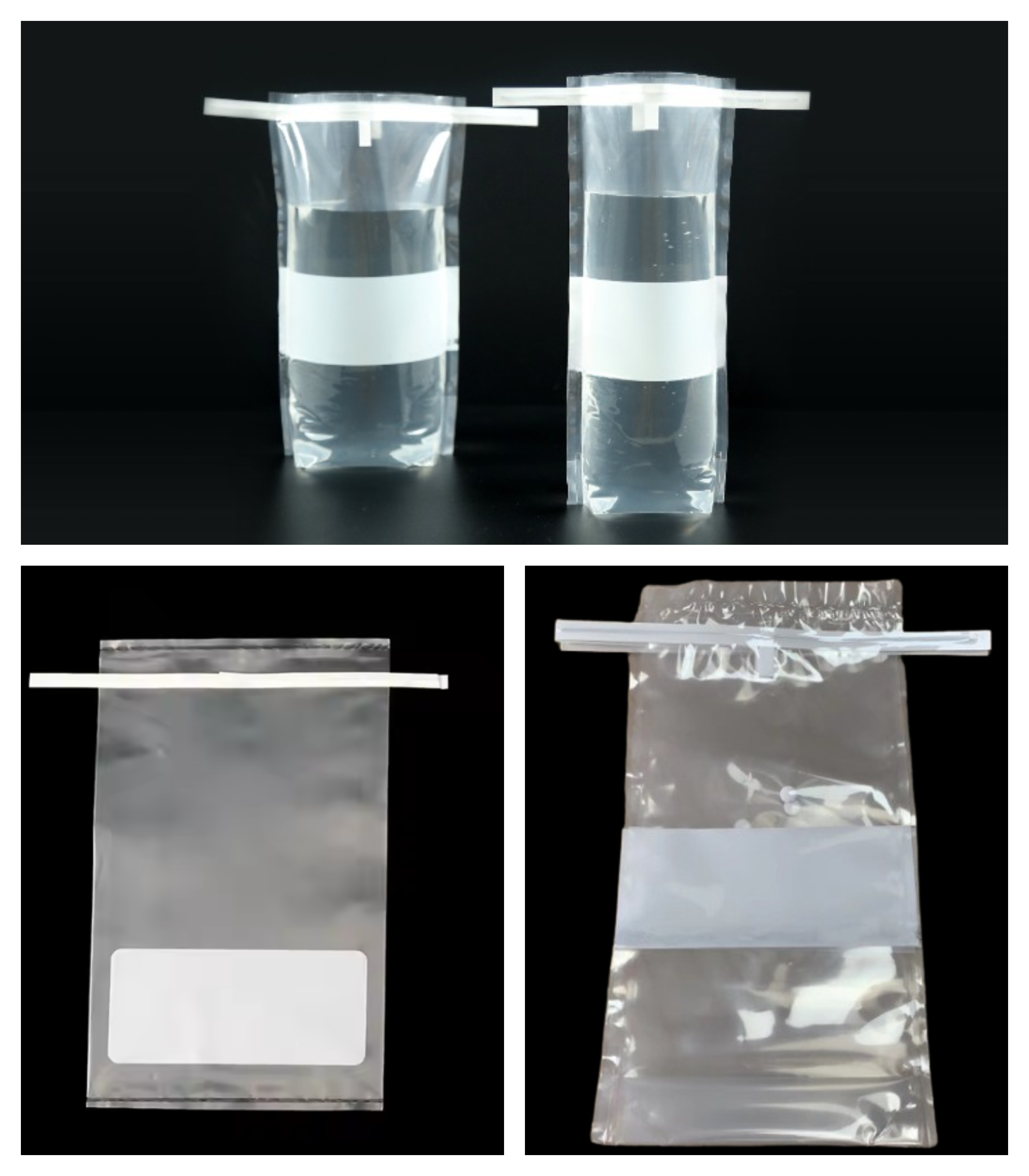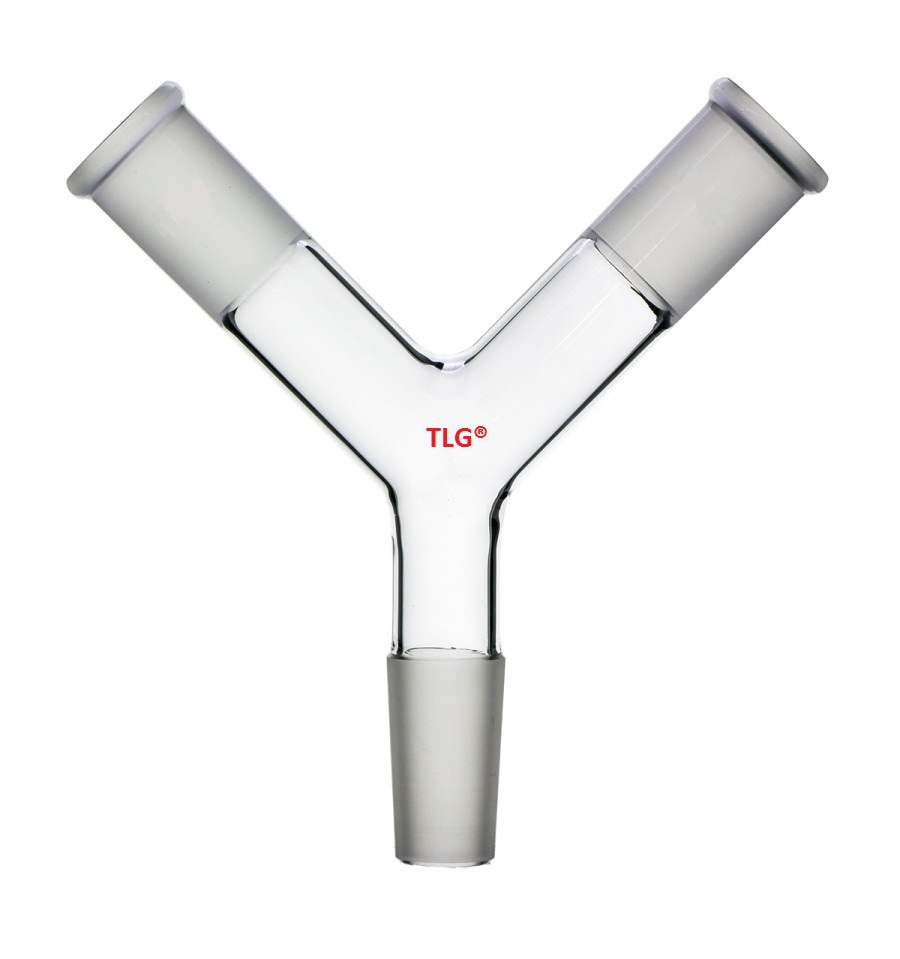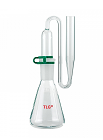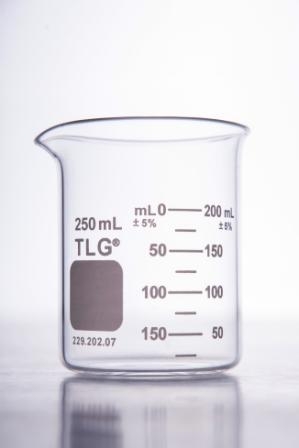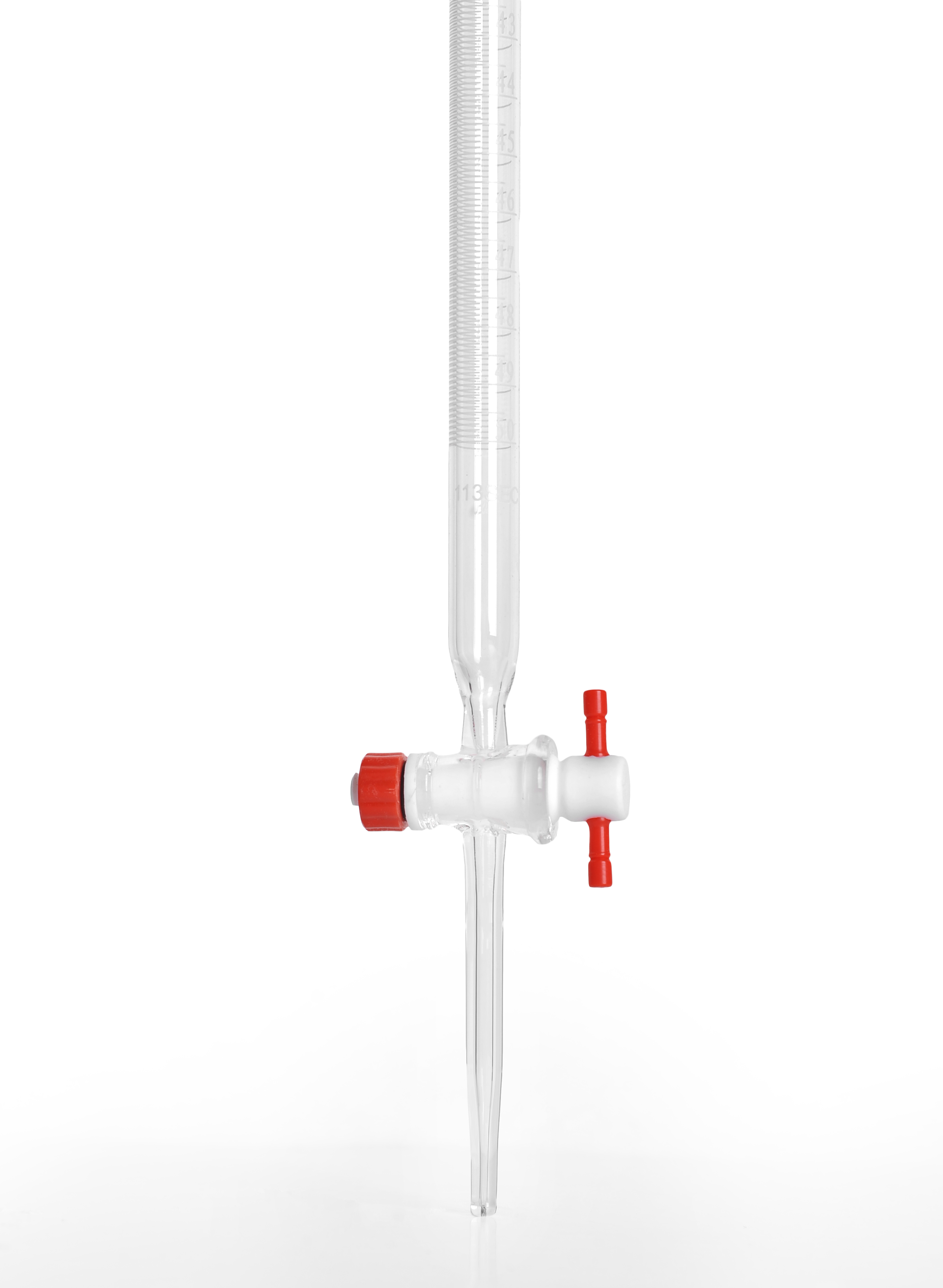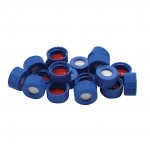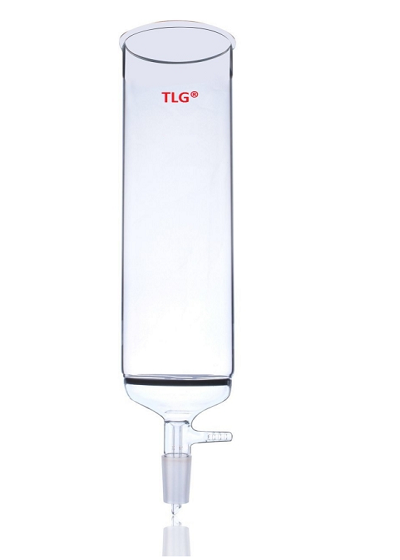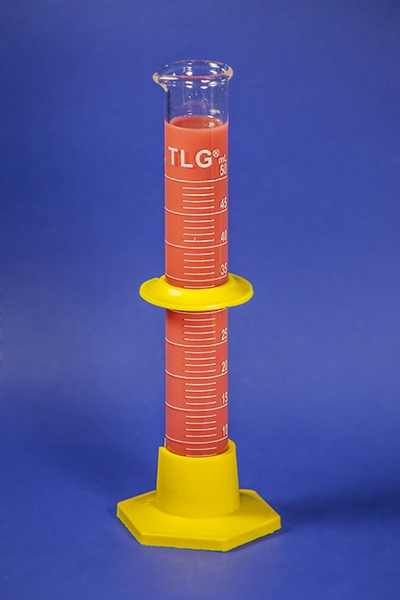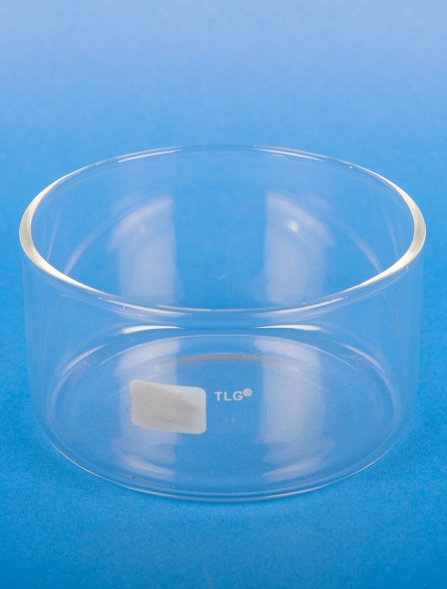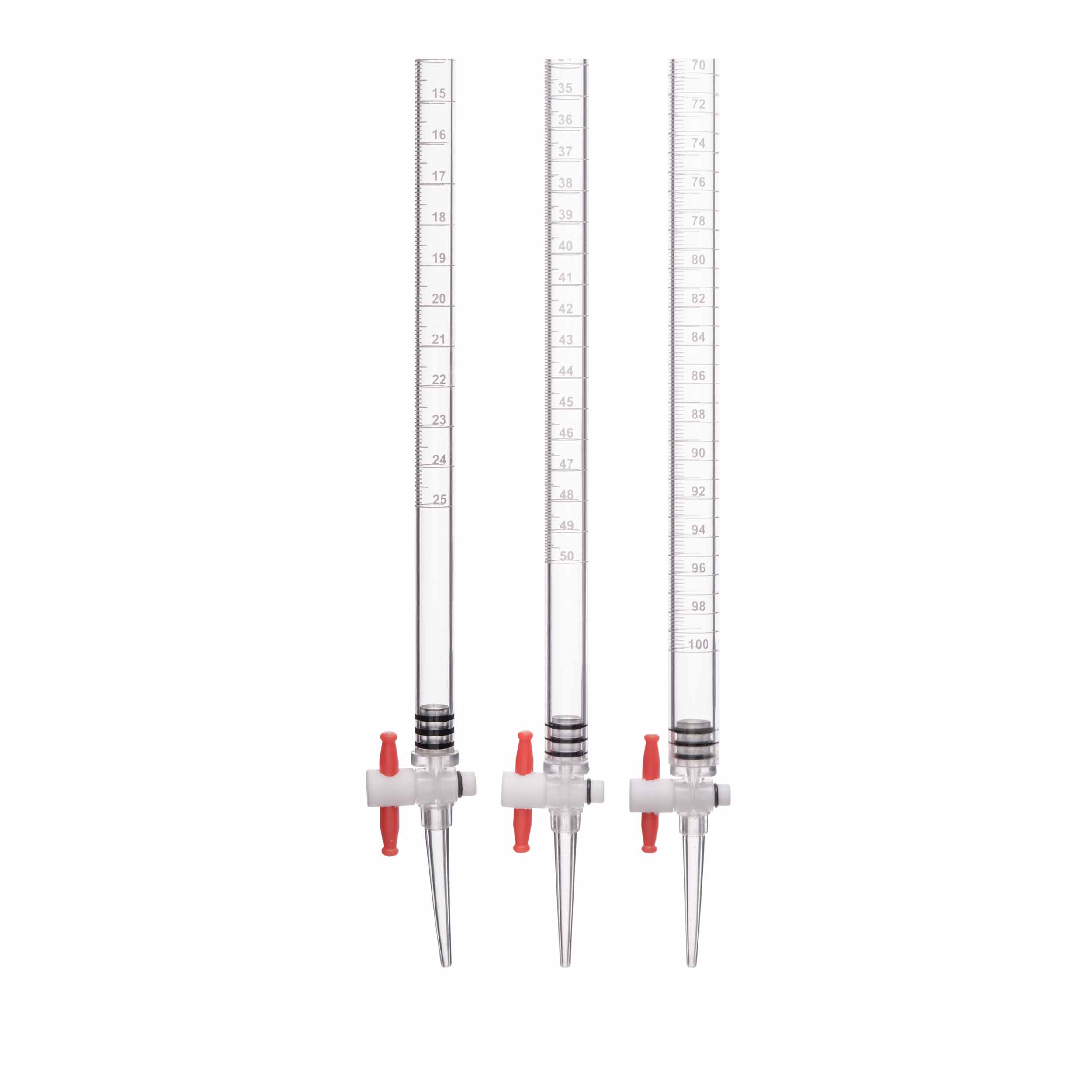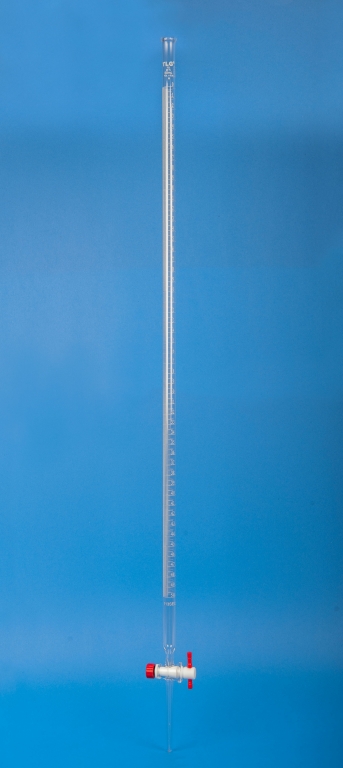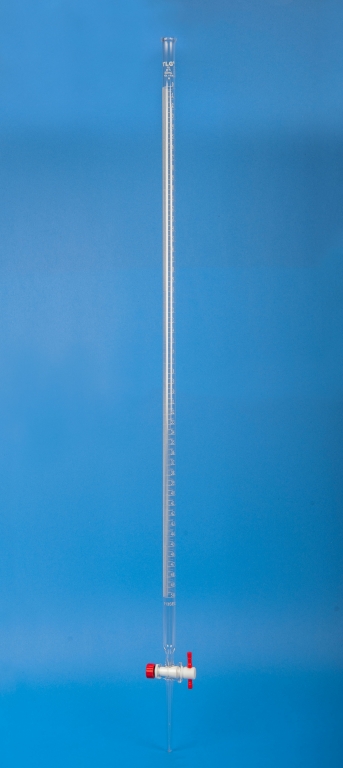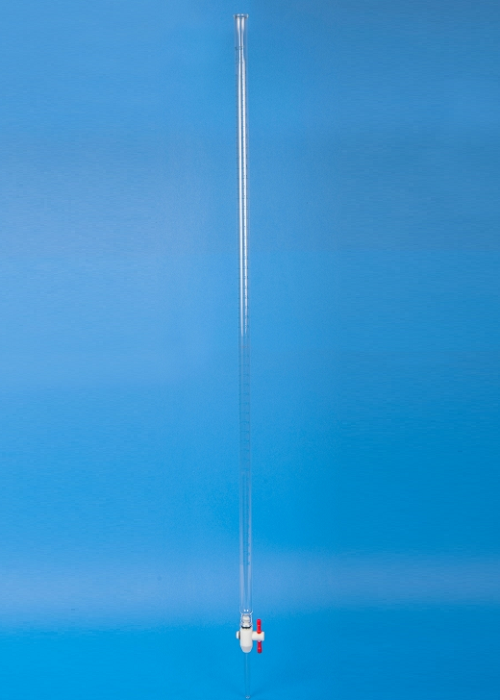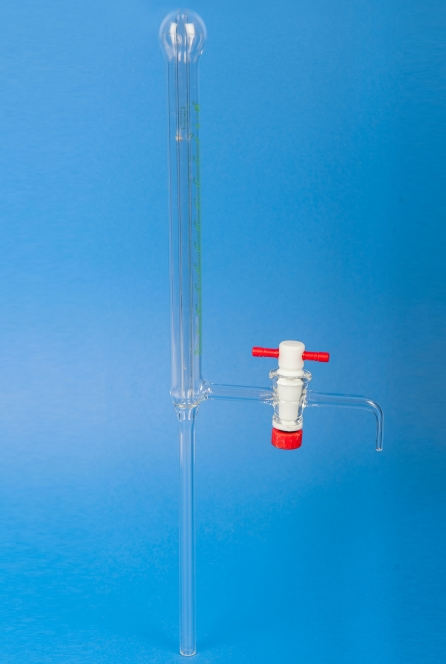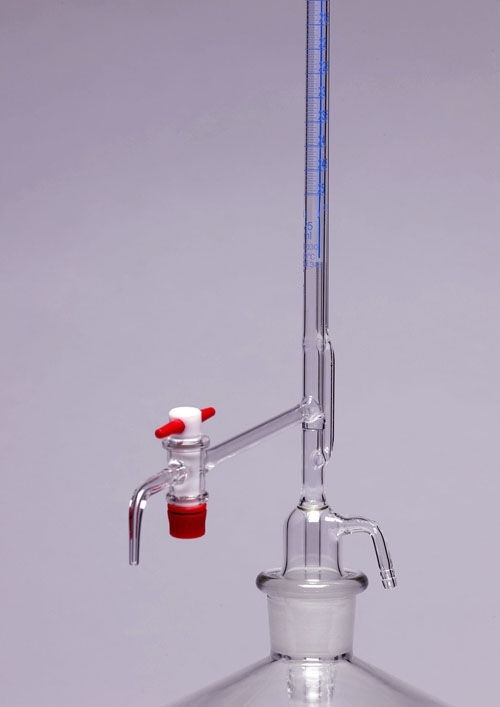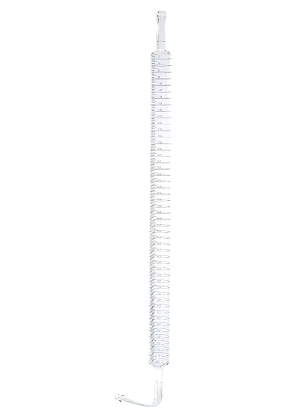Burettes
ChemScience Carries Class A and educational grade burettes (burets). Standard and specialized Burets from 5ml to 100 mL capacities. Available in Reservoir-fill and funnel-fill versions . Volume content tolerances and material types conform to the standards you depend upon like USP, ASTM, DIN, and ISO. We have a wide range of burettes, including educational grade and other specialized burets, to meet broad application and budget needs. Moreover, Class A serialized and authorized versions meet the best precision measurement needs and regulatory requirements. Amber-colored surface treatment is the standard offering for light-sensitive analytes. The TLG® burets are made from highly chemical resistant borosilicate glass 3.3 expansion glass. Decisive scaling makes these burets particularly suitable for titrimetric applications. Volumes are trusted to be at scale since the adhesion of liquid to glass was taken under consideration during calibration. The tolerances for the quantity corresponds to the error limits of ISO and DIN. TLG® burets are available with PTFE keys. PTFE keys don't need to be greased, which simplifies and streamlines add the laboratory.








